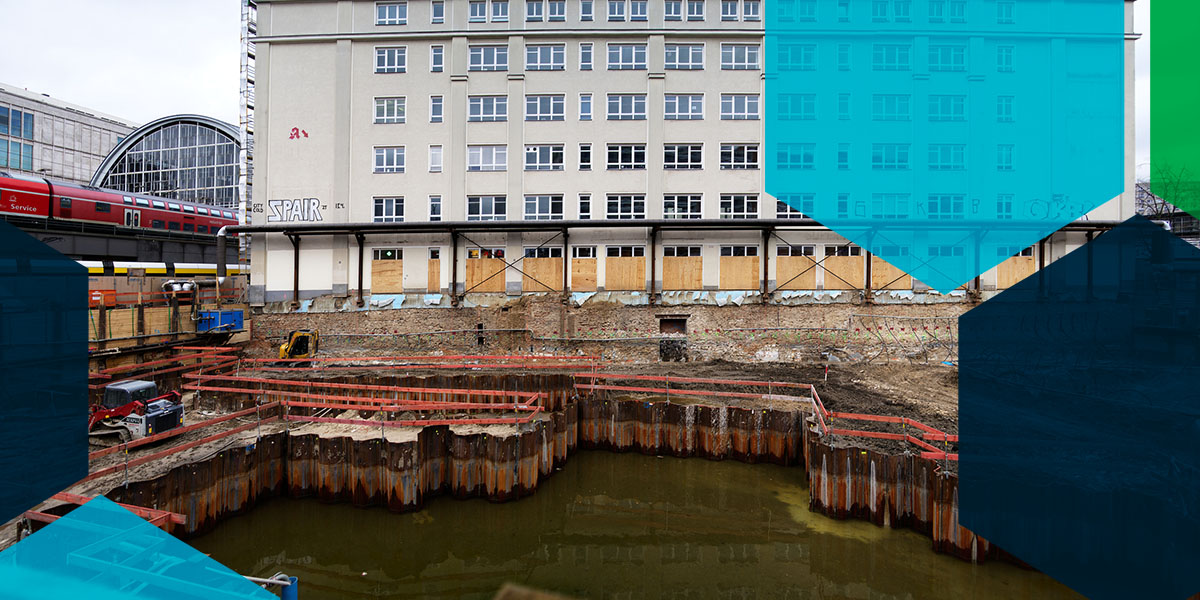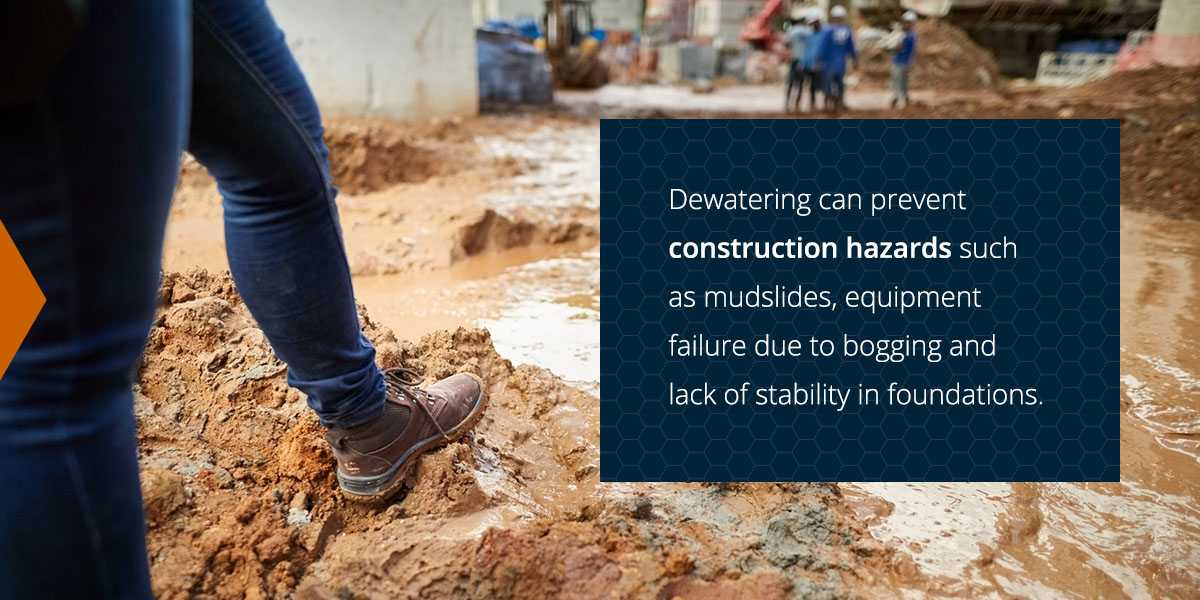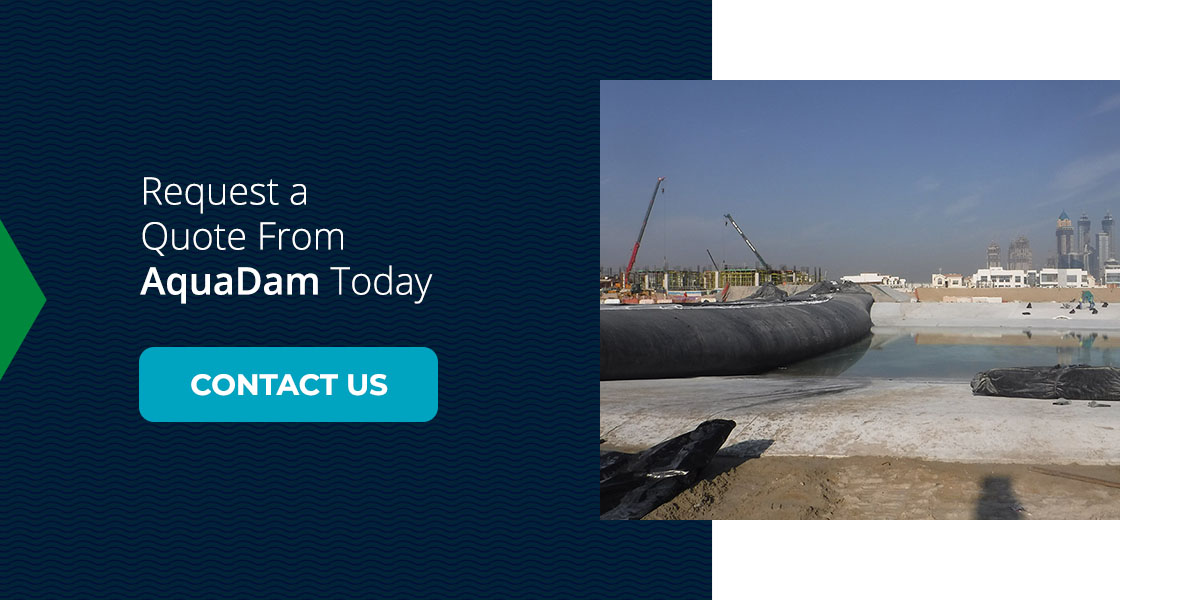How to Quickly Dewater a Construction Site
If there is a large amount of surface-level water at a construction site, dewatering is necessary to prevent ponding and many other potential setbacks. Creating stable, drier soils for foundation excavation and site preparation is essential. The ideal dewatering process takes as little time as possible, helps ensure projects run on time within regulations and keeps employees safe.
What Is Dewatering in Construction?
The dewatering process in construction involves removing surface water or groundwater from a construction site. Water can pool in areas that require work below ground level, especially when the water table — the upper surface of the saturation zone — is high. It is imperative to isolate work areas and maintain them in a dry-land environment to keep the project on track.
There are several dewatering systems in construction to achieve this, including:
- Pumps: A sump pump is placed directly into the water area, redistributing the water to another on-site location.
- Channels: Digging trenches or channels can redirect the water to another location.
- Well points: A series of small wells must be drilled into the surrounding work area to create well points. Pumps are then used to pull the water from the soil, lowering the groundwater level.
- Deep wells: Generally used for significant construction sites, deep wells require installing special equipment and effectively removing large amounts of water from the construction area.
Regardless of which method best suits a project, the water must be moved from the focal area and redistributed somewhere else on the site itself. State and federal guidelines prevent water from being relocated to a place outside of the permitted construction site, mainly if sediment or chemicals are still present. Keeping local regulations in mind when safely dewatering a construction site is essential.
Construction professionals must have safety in mind when storing water duration of construction. The ideal solution is time-sensitive so responsible parties can meet the required deadlines and avoid unnecessary delays. Unless permanent redistribution of water is required, the storing of excess water only needs to be temporary.
Using a water-filled cofferdam will allow for quick isolation of water sites for dewatering. Dams such as these have various uses in many types of construction. They are more effective than traditional methods that require significant additional time and labor that must be avoided when dewatering.
Why Is Dewatering Important?
Dewatering is crucial to the success of construction projects.
The process has many benefits and allows industry professionals the best opportunity to meet relevant industry requirements, operate within regulations and create a safe and well-timed operation. Dewatering provides the following benefits:
- Stable soil and work areas: Dewatering can prevent construction hazards such as mudslides, equipment failure due to bogging and lack of stability in foundations. The dewatering process ensures the site is ready for excavating, foundation laying and subsequent cement pouring.
- Worker safety: Dewatering allows site managers and construction crews the highest chance of operating in a safe environment. The lack of contaminated standing water minimizes health risks, and workers are less likely to lose their footing and suffer injury due to slipping or falling.
- Effective scheduling: Dewatering decreases the chance of delays due to heavy rainfall. Remaining on schedule is critical when working in construction, and though a certain amount of delay is accounted for, completing the project on time is ideal.
- Equipment safety: Standing water causes excess moisture surrounding expensive equipment. The resulting damage can affect the integrity of the equipment and cause avoidable delays.
- Minimal environmental impact: There are many risks associated with standing water. It can accumulate toxins from the surrounding area and provides a breeding ground for mosquitos and the diseases they carry. In addition, standing water can cause erosion. Proper dewatering ensures the risks to the environment are as minimal as possible.
Construction sites require effective, timely and environmentally friendly dewatering solutions for the best results. Dewatering systems in construction are essential for a smooth and well-organized operation. The process must be considered and accounted for in the project’s early stages to meet regulatory and safety needs and deadlines.
How AquaDam Can Quickly Dewater Construction Sites
Water-inflated cofferdams such as the AquaDam are quickly becoming the premier solution for dewatering. The AquaDam is straightforward to transport and has a minimal environmental impact. In addition, the AquaDam can adapt to various construction locations, both inland and near bodies of water.
The first step is to transport the AquaDam to the desired location. Then, dewatering the construction site can begin. It can take less than an hour to inflate, depending on the scope and size of the construction requirements, and does not require anchorage on dry land or in stagnant water. Workers will have to anchor the AquaDam in dynamic water.
Site managers can utilize the water intended for relocation at the dam construction site to inflate the AquaDam. Once inflated, the AquaDam is ready to use. Pump the water back out of the AquaDam when the project is complete and then clean it and ensure its safe removal from the site.
The use of the AquaDam considerably affects the overall efficiency of construction and requires minimal labor to set up and operate. This method is more likely to allow for the speedy completion of construction projects and is an environmentally friendly dewatering solution.
There are many applications for the AquaDam for the large-scale control of water. It can isolate submerged work areas or property during flood events. This expedient, temporary water control barrier can also be used to safely store large quantities of water until it can be returned to the location.
Request a Quote From AquaDam Today
Many variables must be considered when working on a construction project, including the possibility of needing to dewater the site. If you require more information on the application and uses of the AquaDam, do not hesitate to browse through our resources for a better understanding and utilization of the product.
When you need to safely dewater your construction site, AquaDam provides you with a tried and tested solution. Contact us for more information or a free quote today.



